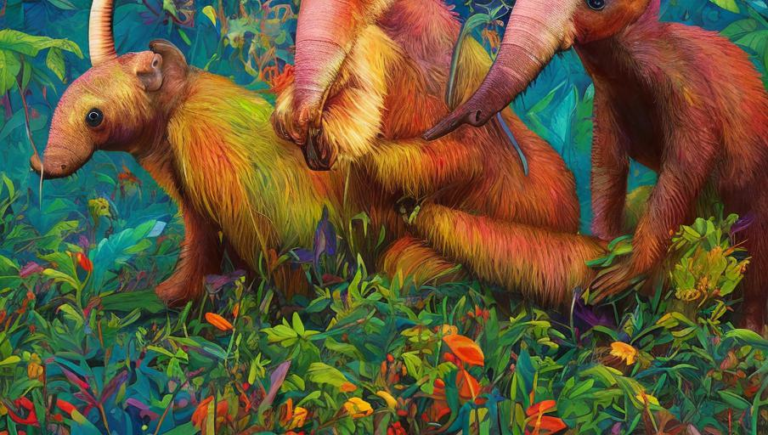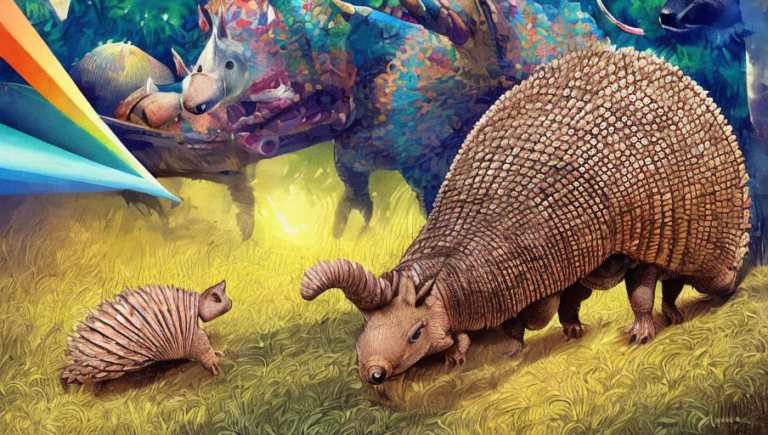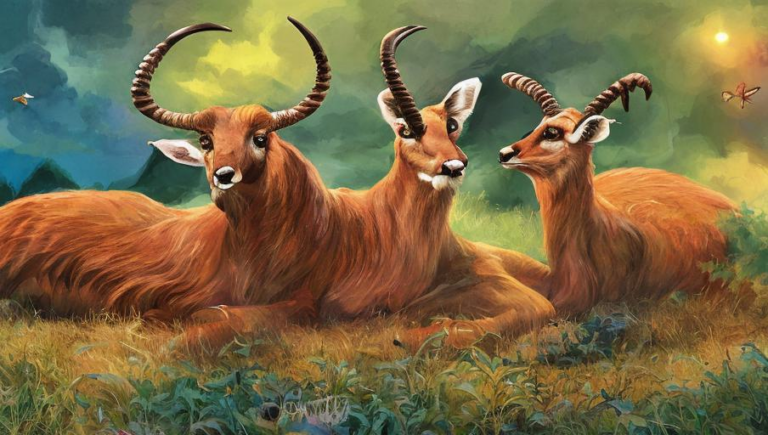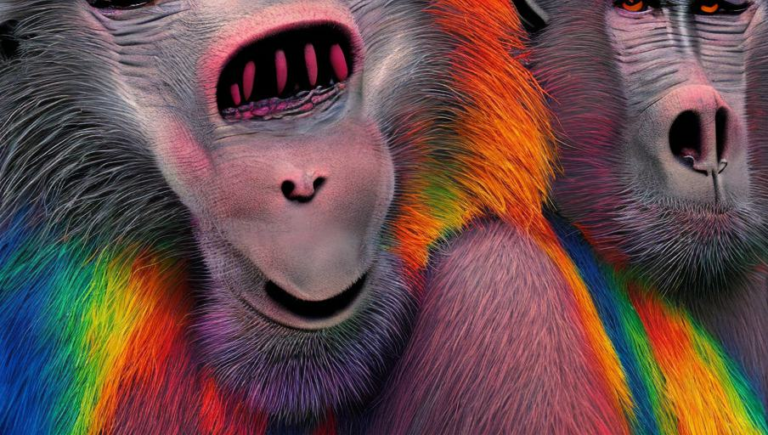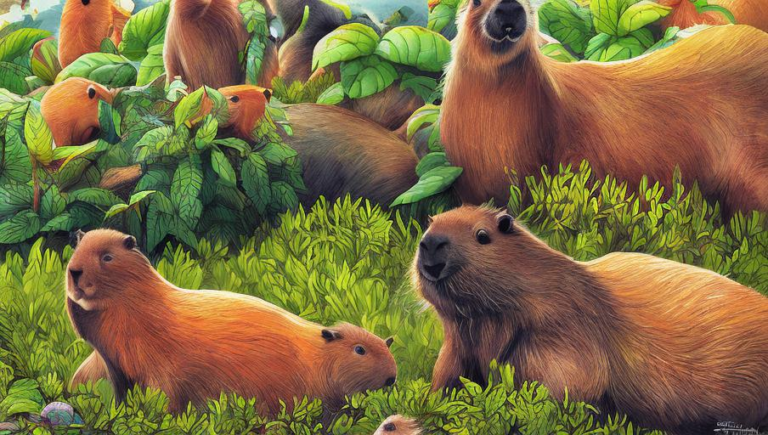Biology of the Cassowary
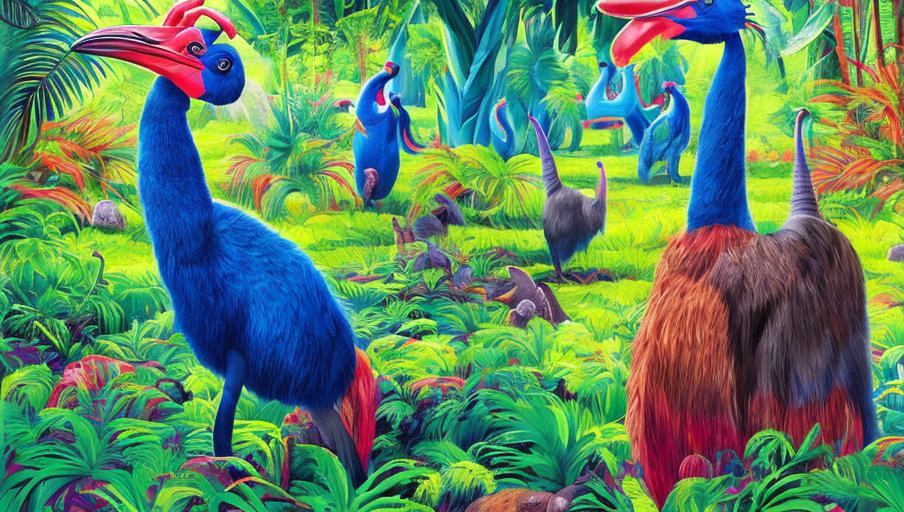
Cassowary
The cassowary is a large flightless bird found in the tropical forests of New Guinea and Australia. It is the second-heaviest bird in the world, after the ostrich, and is the only living member of the genus Casuarius. Cassowaries are shy, solitary birds, and can reach up to 2 meters in height. They are most active at night, and are very powerful animals.
Appearance
Cassowaries have a glossy black body and blue neck, with bright red wattles hanging from the sides of their heads. They have a bright yellow and orange casque, or helmet, on their heads, and a long, sharp middle toe on their feet. Their wings are small and non-functional, but they can reach speeds of up to 50 km/h when running.
Diet
Cassowaries are omnivores, meaning they feed on both plants and animals. Their diet consists of a variety of fruits, nuts, seeds, flowers, leaves, insects, spiders, small reptiles, and other small animals. They have been known to eat small snakes and birds, as well as carrion.
Habitat
Cassowaries live in the tropical rainforests of New Guinea and Australia. They inhabit lowland areas, such as swamps, mangroves, and beach forest, as well as higher altitudes. They are usually found alone or in small groups.
Behavior
Cassowaries are shy and solitary birds, and are rarely seen in the wild. They are most active at night and rest during the day. They are also strong animals, and can use their long, sharp middle toe to defend themselves against predators.
Reproduction
Cassowaries are polygynous, meaning they have multiple mates. The male is responsible for building the nest and incubating the eggs, while the female will lay up to three eggs at a time. The chicks are cared for by their father until they are able to fend for themselves.
Threats
The cassowary is listed as Vulnerable on the IUCN Red List due to habitat loss and hunting. They are also threatened by predators, such as cats, dogs, and foxes. Additionally, they are susceptible to disease and road accidents. Conservation efforts are necessary to ensure their survival in the wild.
Conclusion
The cassowary is a large, solitary bird found in the tropical forests of New Guinea and Australia. They are an important part of the ecosystem, and their numbers are declining due to habitat loss and other threats. Conservation efforts are necessary to ensure the survival of this amazing species.

